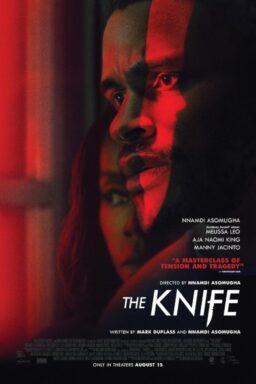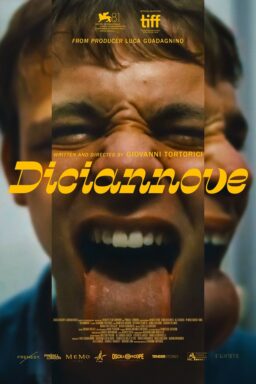TORONTO — Spike Lee‘s new film was shot on digital video. Joel Schumacher‘s new film was shot on 16mm. The formats probably made the films possible. Video is not film and 16mm is not 35mm, but the artistic imagination is the same, and the lower-priced formats allow spontaneity and speed that you can’t get when you’re dragging a 35mm camera and all of its lights and acolytes everywhere you go.
Lee’s film is “Bamboozled,” a heartfelt, anguished comedy (if that is the word) about negative images of blacks in American popular culture. Schumacher’s film is “Tigerland,” about a free spirit who all but brings an infantry basic training program to a halt. Both were made for a whole lot less than Lee spent on “Malcolm X” or Schumacher on “Batman Forever.”
I saw the Schumacher film here at Toronto and ran into him in the hotel lobby, and he went into a description of his filming experience that translates as “free at last!” He shot for less than a month, for less than $1 million, and got every shot he wanted, he said, and made the film exactly the way he saw it. No rewrites, no interference, no calls for A-list stars, because the less expensive medium got the suits off his back.
Lee I’ll be talking to next week, about a lot more than the format, since his film is so confrontational to audiences black or white. I saw it recently (not in the festival), and I know, without having to ask him, that video made the film possible. The material is too problematical to be financed in the ordinary 35mm way.
In the last couple of years I’ve argued against video projection and in favor of film in theaters. Light through celluloid remains for me the medium of choice when I go to the movies. But filming on video or 16mm is another matter. I’ve seen a lot of great-looking bad films, and 35mm didn’t save them. But when a film is engaged and original and working, no one is likely to think much about the medium.
You can tell, though, when you’re looking at video. The medium has advocates who claim it is as good as film, but that is an ideological claim, not a factual one. There is something problematic about the definition of images in video. There’s a lack of richness in the image quality; you get the feeling that that’s all there is and there isn’t any more. A lack of vividness in the bright colors. Shadows that don’t go all the way to black. A strange reluctance in fast camera movements, as if the image is hurrying to keep up with the camera. In the case of 16mm, the definition and the quickness is there, but the richness we see in 35mm will look a little diluted.
Good filmmakers can work around these limitations. They know how to light, how to art direct, how to process, how to move the camera to sidestep the limitations. Look at “Tigerland.” The movie is compelling and alive; it’s down in the mud with draftees in basic training, and it’s in the face of drill sergeants shouting at their victims. The shots aren’t possible only because of 16mm (Spielberg was in lots of mud in “Saving Private Ryan“), but the story itself, one senses, was possible only because Schumacher cut loose from the studio albatross and shot fast and free in 16.
“In any picture, if you don’t have something in the can by noon, you’re in big trouble,” he was telling me. “You get there early in the morning, you’re fooling with the lights, you’re working with the camera moves, and then it’s lunch time. With 16, you go right to work. You can move the camera quickly. You can hand-hold. You can think of something and do it and see if it works. It was a wonderful feeling.”
If Schumacher got a freedom of movement, Lee obviously got a freedom of theme. “Bamboozled” is as personal and political and quixotic film as he’s made, and although he attacks racist images of blacks in the movie, he does it by using them, lots of them, and many people will be offended (it’s the Ted & Whoopi syndrome). Video was like his shortcut around the people who would have been shy about financing this material.
At a festival like Toronto, there’s a class system in formats: 35mm is best, video is a means to an end (16mm is fading away). But sometimes a small, experimental film will be in 35, because it needs to be.
Look at David Gordon Green‘s “George Washington,” as good-looking as any film in the festival. I assume it had such a small budget that the decision to shoot in 35mm widescreen represented a significant portion of the available money. Video would have made it easier, but robbed it of its quality; the images evoke the same voluptuous sense of place as Terrence Malick‘s “Days of Heaven.” Schumacher’s goal was to catch the quick and spontaneous exchanges of anger, humor and power; he didn’t need the look, but the flexibility. Spike Lee wanted to express passionate ideas in a controversial way, and his medium gave him the freedom to say them.
Spike Lee shot his film on miniDV on a Sony DX1000 camera that retailed at around $4,000. Sitting in the audience, looking at the movies, are young directors who know they can make a movie with as little as $3,000 in hardware: $1,500 for the digital video camera, $1,500 for the computer, give or take a few accessories and software programs. That’s freedom. What’s interesting is to see the big guys, the Lees and Schumachers, embracing it with the same joy as the kids.











